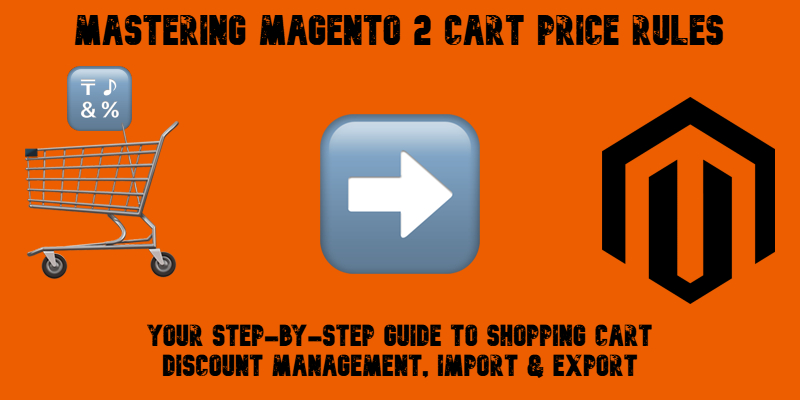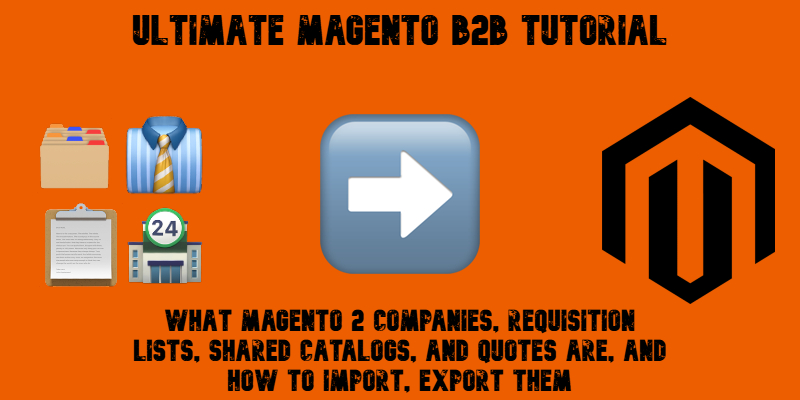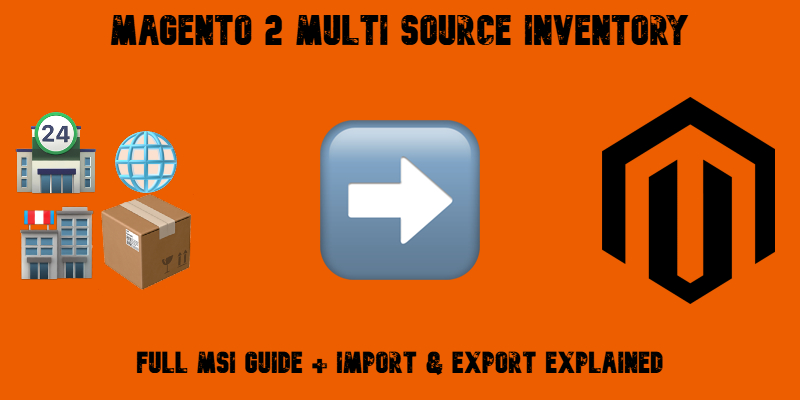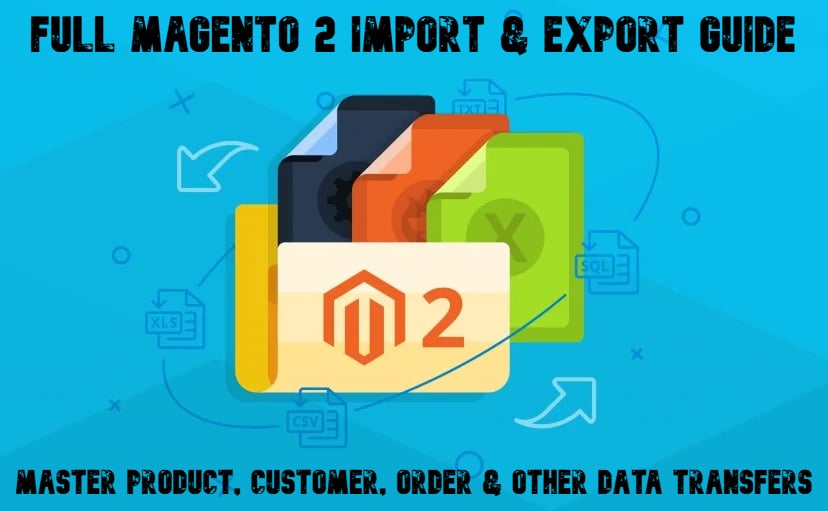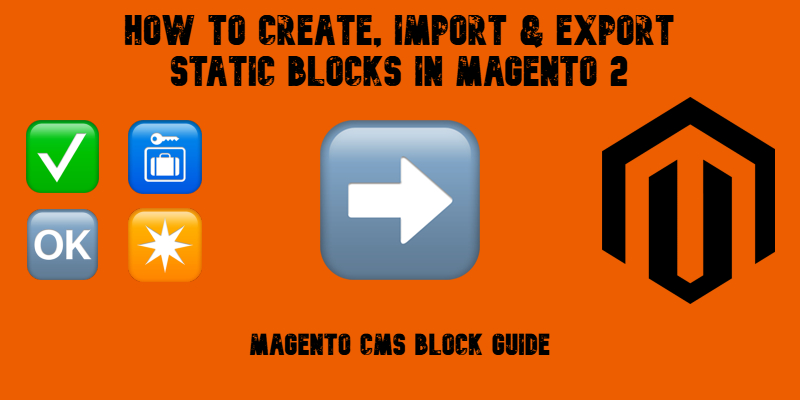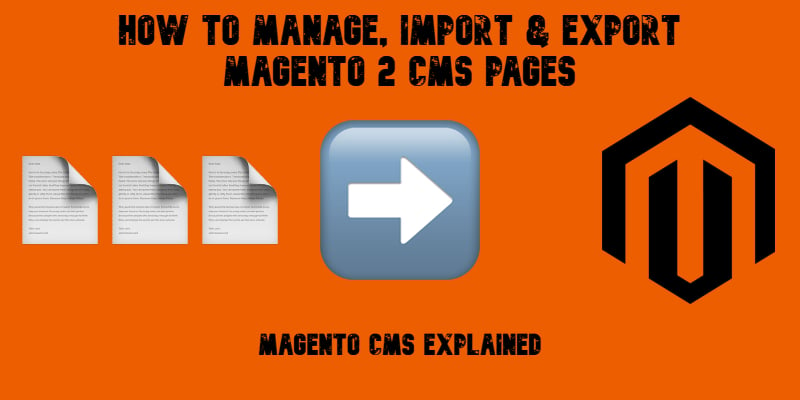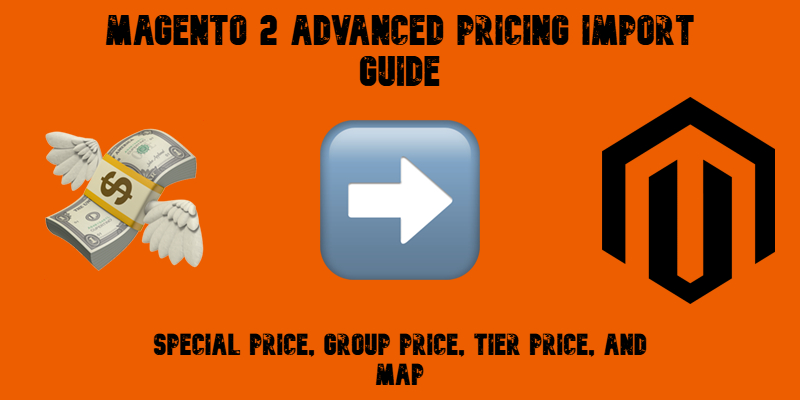Magento 2 Catalog Price Rules Explained: The Ultimate Guide to Management, Import & Automation
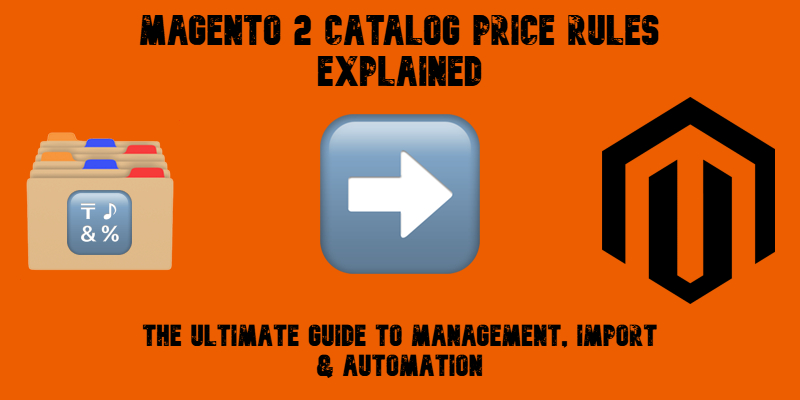
Magento 2 Catalog Price Rules are one of the most effective ways to run promotions and automate discounts across your store catalog. Whether you want to offer seasonal sales, bulk discounts, or customer group-specific pricing, Magento catalog price rules give you the flexibility to create dynamic campaigns that update prices automatically. Unlike cart price rules that apply at checkout, catalog price rules in Magento 2 display discounted prices right on product pages, making them a powerful tool for driving conversions.
While Magento 2 includes catalog price rules as a built-in feature, it comes with a significant limitation — there is no native way to import or export catalog price rules in bulk. This can quickly become a challenge for merchants managing large catalogs or migrating data between environments. In this guide, we’ll walk you step by step through what catalog price rules of Magento 2 are, how to create them, and, most importantly, how to easily import and export catalog price rules using the Improved Import and Export extension.
You’ll also find detailed instructions, a sample CSV table with required attributes and values, and practical tips to avoid common pitfalls. By the end, you’ll be ready to streamline your promotions and get the most out of Magento catalog price rules.
